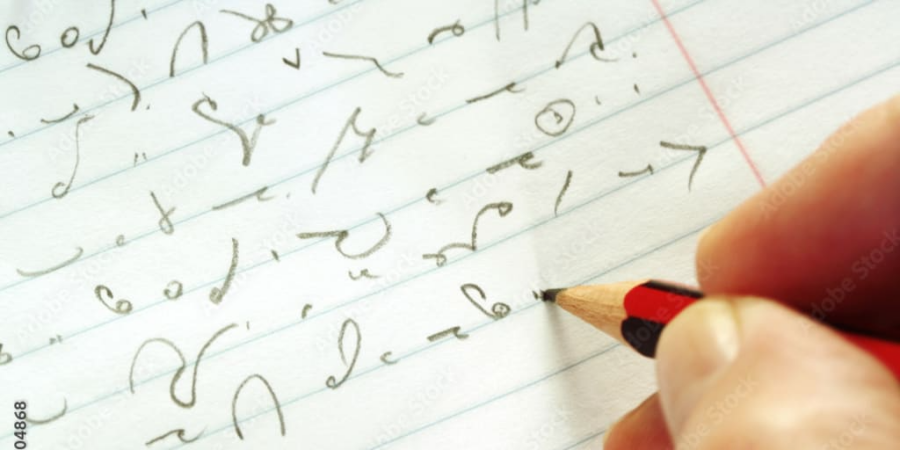

Stenography, often referred to as shorthand writing, is a specialized technique used for rapid transcription of spoken language into a written form. It's primarily employed by stenographers or court reporters to record proceedings, speeches, meetings, and other events where precise and quick transcription is required. The practice of stenography dates back centuries and has evolved significantly with technological advancements, yet its core principles remain focused on speed and accuracy.
### History and Evolution
The history of stenography can be traced back to ancient Greece, where systems for rapid writing were developed to record speeches and discussions. However, modern stenography as we know it began to take shape in the 19th century with the introduction of various shorthand systems. Notable pioneers include Isaac Pitman and John Robert Gregg, who developed widely used shorthand systems that allowed skilled practitioners to write at speeds of up to 200 words per minute or more.
These systems are based on phonetics and abbreviations, enabling stenographers to capture spoken words quickly by representing sounds rather than individual letters. This approach significantly reduces the number of strokes needed compared to traditional longhand writing, making stenography a valuable skill in professions requiring real-time transcription.
### Applications in Modern Times
Stenography remains indispensable in several professional fields:
1. **Legal and Court Reporting**: Court reporters use stenography to create verbatim transcripts of courtroom proceedings, depositions, and legal proceedings. The accuracy and speed of stenography are crucial for capturing every word spoken during trials or hearings.
2. **Broadcast Captioning**: Stenographers provide real-time captions for live television broadcasts, ensuring accessibility for viewers who are deaf or hard of hearing. They transcribe spoken dialogue with high accuracy and minimal delay, enabling viewers to follow along with the program.
3. **Medical Transcription**: Stenographers may specialize in medical terminology to transcribe dictations from healthcare professionals, creating patient records, reports, and correspondence accurately and efficiently.
4. **Corporate Meetings and Conferences**: Stenographers are often employed to record discussions, presentations, and meetings in corporate settings. Their ability to transcribe spoken content quickly ensures that important details are documented for future reference.
### Shorthand Systems
Various shorthand systems have been developed over the years, each with its own set of symbols, abbreviations, and rules. Some of the most widely recognized shorthand systems include:
- **Pitman Shorthand**: Developed by Sir Isaac Pitman in the mid-19th century, this system uses thick and thin strokes, as well as positional writing, to represent sounds and syllables.
- **Gregg Shorthand**: Invented by John Robert Gregg, this system uses lines and curves to represent phonetic sounds, allowing for rapid writing without lifting the pen.
- **Speedwriting**: A simplified form of shorthand designed for quick note-taking rather than transcription. It focuses on common words and phrases, using abbreviations and symbols to increase writing speed.
### Technological Advancements
While traditional stenography involves specialized machines and paper rolls, modern stenographers often use computer-aided transcription systems (CAT) or stenotype machines. These devices translate shorthand strokes into text in real-time, enhancing efficiency and accuracy. Stenographers may also use voice recognition software to complement their shorthand skills, ensuring comprehensive transcription capabilities in diverse settings.
### Conclusion
